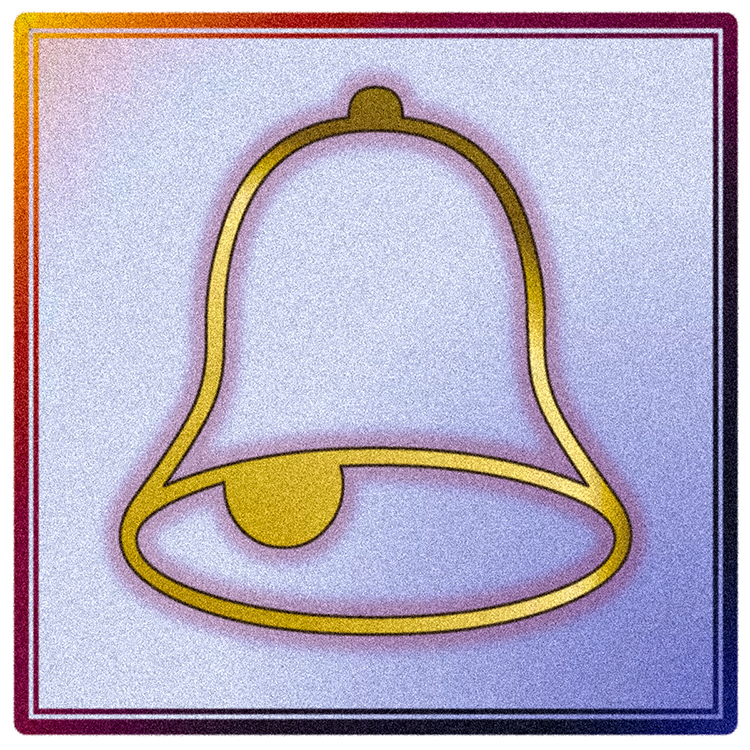
for
Carillon,
Harp, or Keyboard(s)
I.
Preludio
II. Aria
and
Trio; Recitativo
III. Finale
(13 pages of music)
Notes
A Baroque Sonata offers three movements, the first of which is a
Preludio in common time (i.e. in 4/4), featuring a compound
rounded binary (da capo) structure. The second movement, Aria and
Trio, presents an ornamented andante menuet (in 3/4) consisting of
seven phrases, with each one repeated, followed by a contrasting trio (in
6/8), and the aria's return (without repeats). A brief recitativo
passage leads to a lively Finale,
a large rondo structure (i.e. ABACA in 12/8 and 6/4 meter) that alternates a
refrain with two contrasting couplets (or verses) and returns once more with
an abbreviated coda.
The sonata was prepared on a standard piano
keyboard, but it is designed for performance on carillon, harp or other
keyboard instruments. The sonata's overall manner and harmonic language
provide a mixture in equal parts of Baroque and Rococo influences, in spite
of its titled implications. In keeping with period practice traditions, few
interpretive instructions have been provided. A sensitive realization of the
work will include the use of flexible tempos, varying dynamic levels, and a
wide range of shadings and touches.
.
.
Click the image below to download a
complimentary letter-sized PDF booklet file
